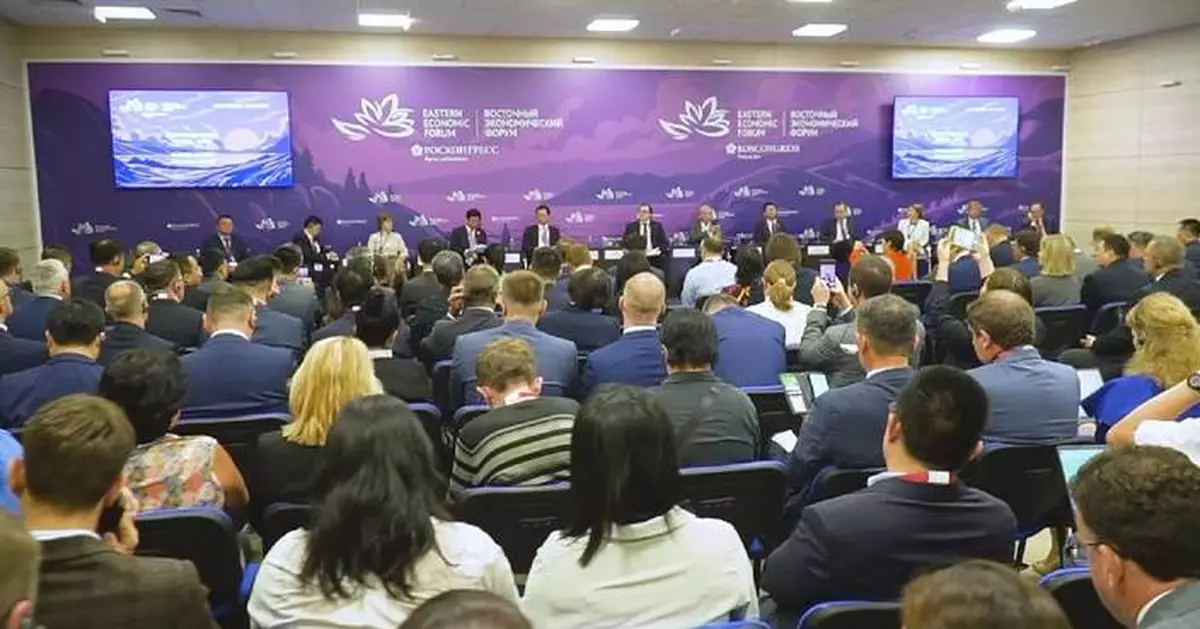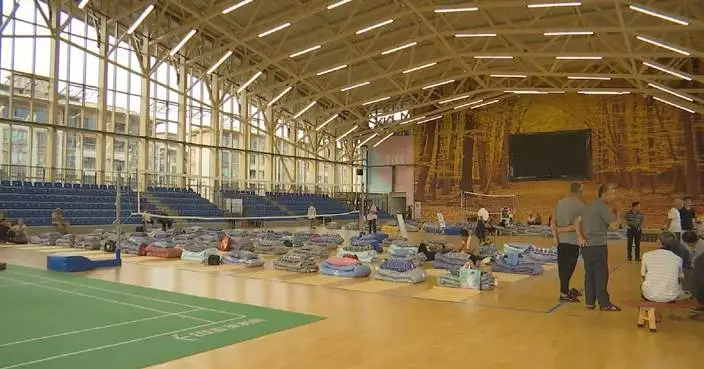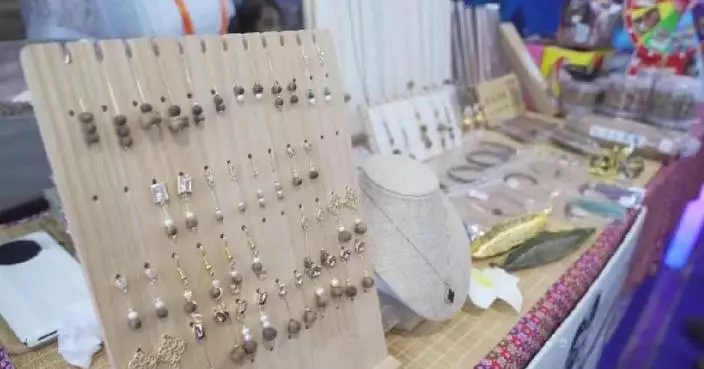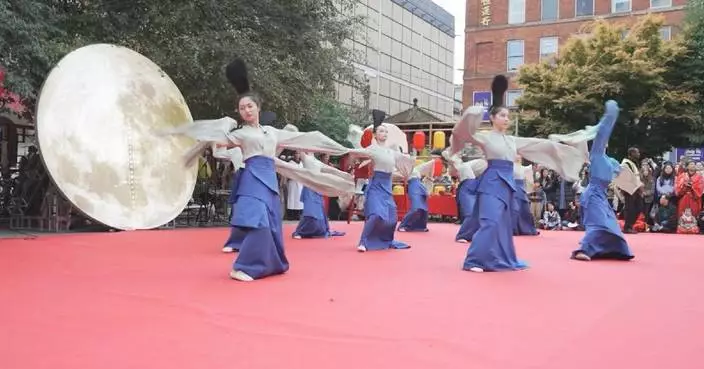The 9th Eastern Economic Forum (EEF) concluded in the Russian Far East city of Vladivostok on Friday, with 258 agreements valuing a record 5 trillion rubles signed during the event.
The forum, themed "Far East 2030. Combining Strengths to Create New Potential," ran from Tuesday to Friday and featured around 100 events across seven tracks, including international cooperation, technological sovereignty, and transport logistics.
It attracted more than 7,000 participants from 75 countries, 700 people and 13 countries more than last year's edition. These even include guests from 16 "unfriendly" countries.
"It is a tradition for the developed countries to come to the Eastern Economic Forum, because they know that they can learn about the future trends of the world's strategic region of Asia-Pacific," said Yury Trutnev, Deputy Prime Minister of the Russian Federation and Presidential Plenipotentiary Envoy to the Far Eastern Federal District.
Agreement signing ceremonies were held one after another since day one of the event, covering such fields as logistics, education, joint chemical development, fisheries, construction and tourism, and involving both manufacturing giants and small enterprises, both ministries and local companies, as well as businesses from Russia, China, India, the Philippines and many other countries and regions.
This proves the Eastern Economic Forum is a promising platform that can bring contracts, said Alexei Chekunkov, Minister of the Russian Federation for the Development of the Far East and the Arctic.
"Business thinking eyes the next 10 or 20 years, but the lifecycle of projects can be longer. Enterprises are investing here now because the Russian Far East is one of the most promising investment destinations in the world. It has unlimited resources and rapidly developing cities, and is adjacent to the world's most vibrant economy," he said.
Among the meetings and business talks during the event, those between China and Russia were the most attended.
"What we see today is investment coordination, is how Chinese e-commerce enters the Russian market and how Russian products are sold to China through e-commerce platforms. Besides, serious discussions on inter-bank cooperation and cooperation in high-tech fields are also underway. We have achieved remarkable development in terms of technology," said Alexey Maslov, director of the Institute of Asian and African Studies of Lomonosov Moscow State University.
In the first half of 2024, China-Russia trade reached 136 billion U.S. dollars.
More than 9,000 Chinese companies are currently operating in Russia, an increase of nearly 30 percent from last year.
Meanwhile, the China-Russia cooperation in the fields of agriculture, chemicals, artificial intelligence and tourism is also constantly expanding and presenting a broad prospect.
"We are mulling plane manufacturing and helicopter projects. China has made huge progress in auto production. I think this is very attractive for us to develop in this area. In terms of space, we have a lunar program. So, the bilateral cooperation will move to a more intelligent level," said Sergey Katyrin, President of the Russian Chamber of Commerce and Industry.
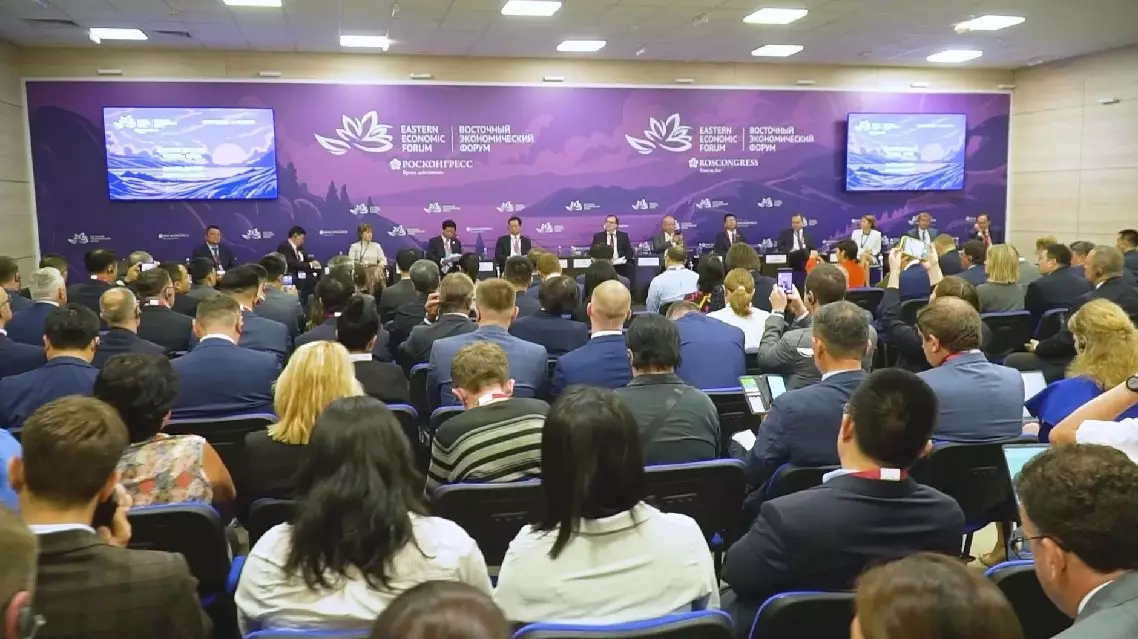
9th Eastern Economic Forum concludes in Russia's Vladivostok


